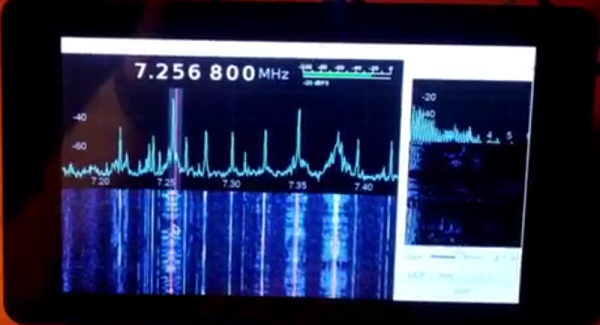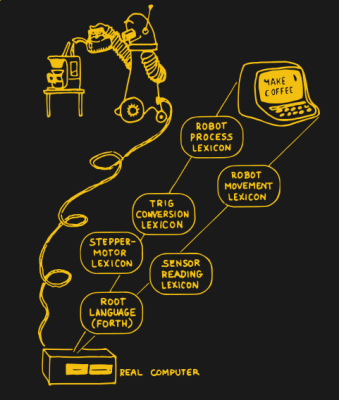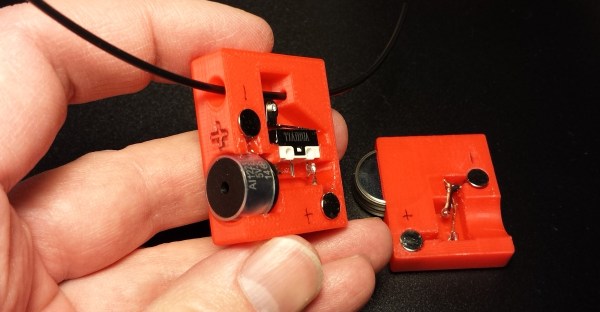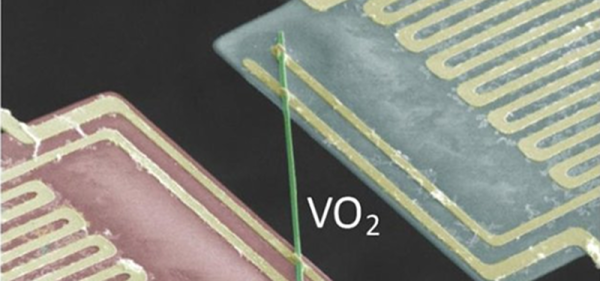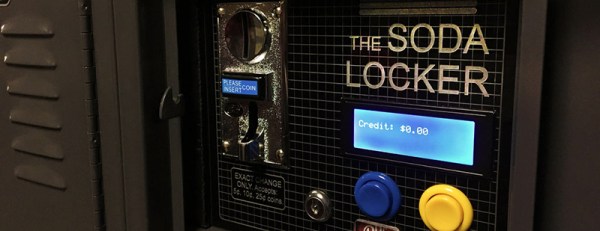[Chris D] noticed that the excellent software defined radio (SDR) software gqrx will run on the Raspberry Pi now. So he married a Raspberry Pi 3, a touchscreen, an RTL-SDR dongle, and an upconverter to make a very nice receiver setup. You can see the receiver in action below.
The video is a little light on build details, but there is a shot of the setup with the pieces labeled, and you should be able to figure it out from there. Of course, gqrx works with lots of different SDR devices so you might have to make adjustments depending on what you use (for example, many of the supported dongles won’t need the upconverter that [Chris] uses).

